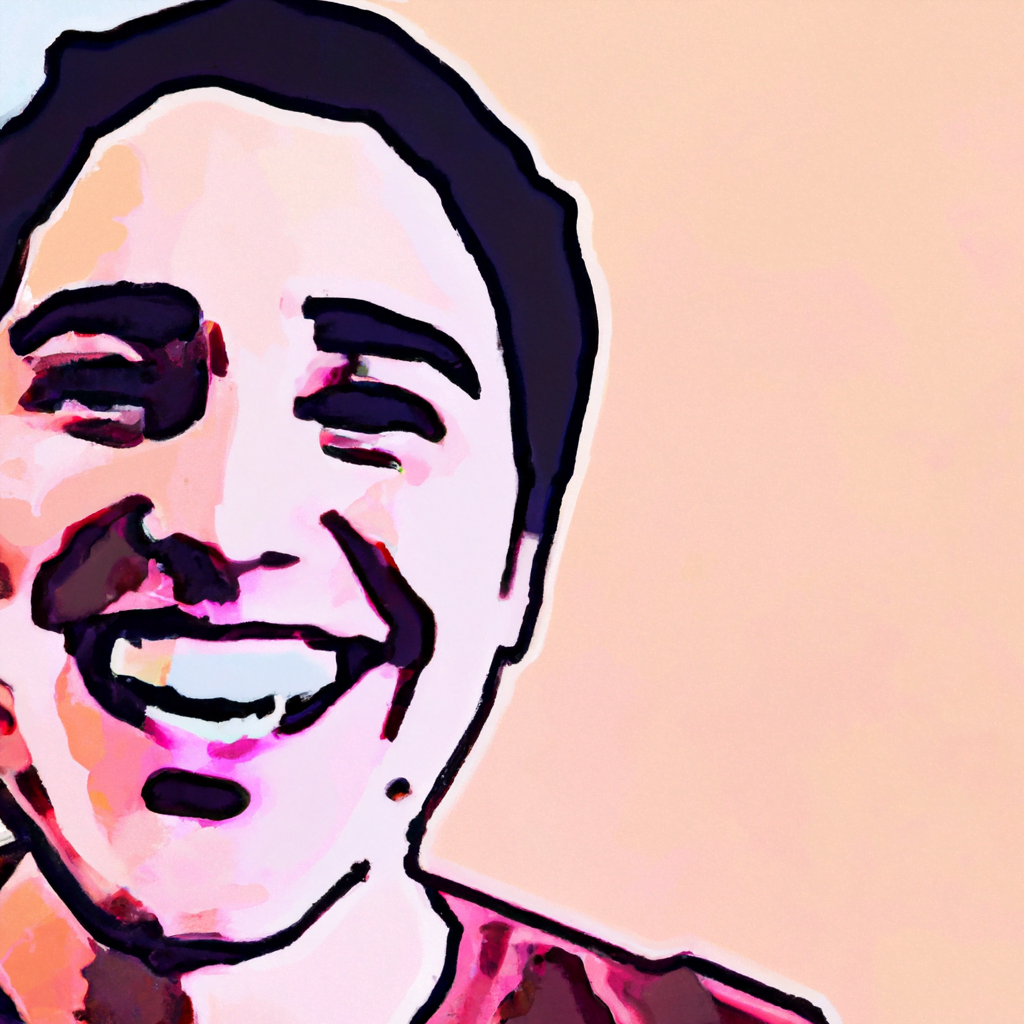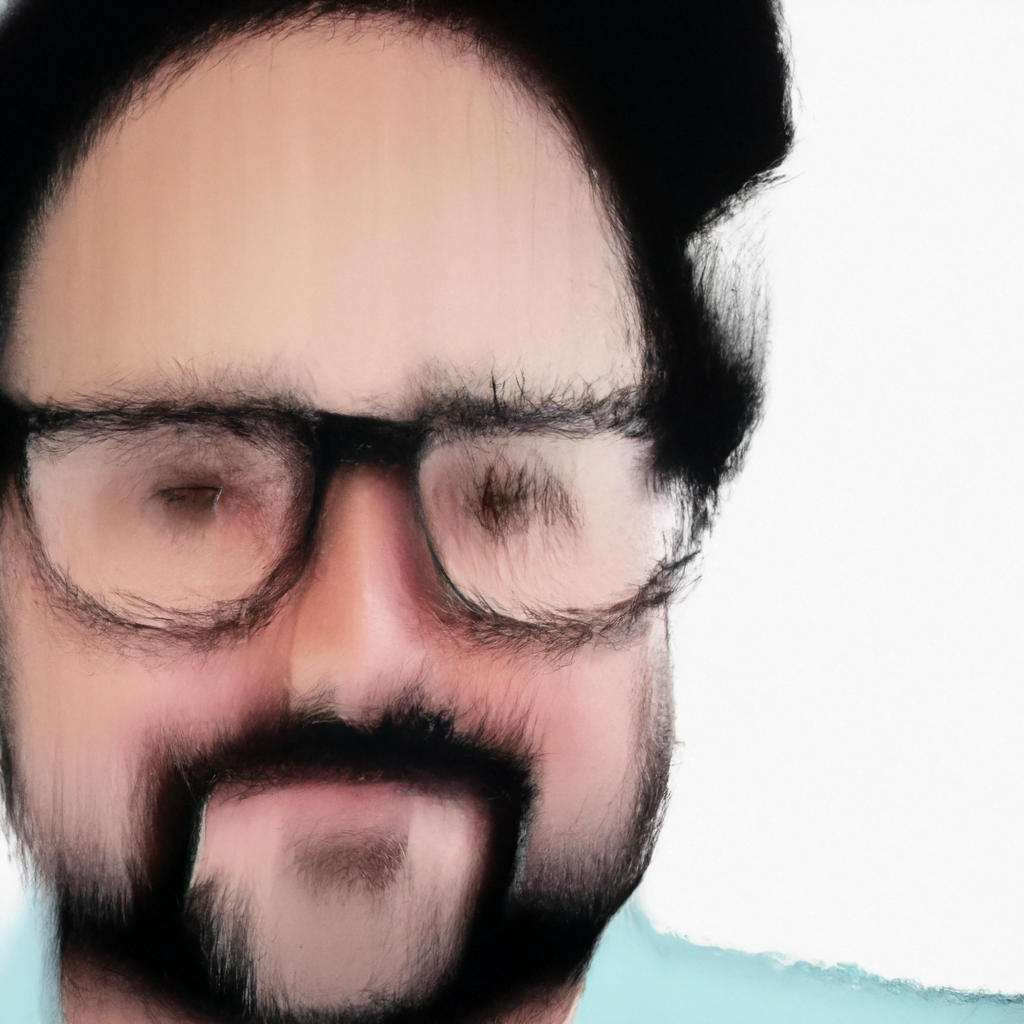
Tips for Creating Expressive Portraits through Illustration

Illustration is a powerful medium that allows artists to capture the essence and emotions of their subjects. When it comes to creating expressive portraits, illustration offers a unique opportunity to convey the personality and inner world of the individual being depicted. In this article, we will explore some tips and techniques that can help you create compelling and expressive portraits through illustration.
1. Study Facial Anatomy
Before diving into the process of creating expressive portraits, it is essential to have a solid understanding of facial anatomy. Knowing the structure and proportions of the face will enable you to accurately depict different emotions and expressions. Take the time to study the various muscles and bones that make up the face, as well as how they move and interact with each other.
By understanding facial anatomy, you will be able to create more realistic and expressive portraits. This knowledge will allow you to accurately depict the subtle nuances of facial expressions, such as the way the eyebrows raise when someone is surprised or the way the mouth curves when someone smiles.
2. Observe and Analyze Expressions
Observation is a crucial skill for any artist, especially when it comes to creating expressive portraits. Take the time to observe people in different situations and pay attention to their facial expressions. Notice how their features change when they experience different emotions, such as happiness, sadness, anger, or surprise.
When analyzing expressions, pay attention to the small details that make each expression unique. Notice how the eyes, eyebrows, mouth, and other facial features work together to convey a specific emotion. By observing and analyzing expressions, you will be able to recreate them more accurately in your illustrations.
3. Use Light and Shadow to Create Depth
Light and shadow play a crucial role in creating depth and dimension in illustrations. By understanding how light interacts with different facial features, you can add depth and realism to your portraits. Pay attention to the direction and intensity of light sources in your reference photos or when observing people in real life.
When shading your illustrations, consider how the light source affects the different planes of the face. Use darker values to create shadows and lighter values to indicate areas that are hit by direct light. By carefully observing and replicating the interplay of light and shadow, you can create more lifelike and expressive portraits.
4. Experiment with Different Styles and Techniques
Illustration offers a wide range of styles and techniques that can be used to create expressive portraits. Don’t be afraid to experiment with different approaches and find a style that resonates with you and best suits the subject you are illustrating.
For example, you can try using bold and expressive brushstrokes to convey strong emotions or use a more delicate and detailed approach for subtle expressions. You can also experiment with different mediums, such as watercolors, colored pencils, or digital tools, to achieve different effects.
5. Focus on the Eyes
The eyes are often considered the windows to the soul, and they play a crucial role in conveying emotions in portraits. When creating expressive illustrations, pay special attention to the eyes and how they reflect the emotions of the subject.
Consider the shape, size, and position of the eyes, as well as the direction and intensity of the gaze. The eyes can communicate a wide range of emotions, from joy and excitement to sadness and contemplation. By capturing the essence of the eyes, you can create portraits that truly resonate with the viewer.
6. Tell a Story
Portraits have the power to tell stories and evoke emotions. When creating expressive illustrations, think about the story you want to convey through your artwork. Consider the background, props, and other elements that can enhance the narrative and add depth to your portraits.
For example, you can use symbolism to represent the subject’s personality or include elements that reflect their interests or experiences. By telling a story through your illustrations, you can create portraits that are not only visually appealing but also emotionally engaging.
7. Practice, Practice, Practice
Creating expressive portraits through illustration is a skill that requires practice and dedication. The more you practice, the more you will improve your ability to capture emotions and create compelling portraits.
Set aside regular time for drawing and experimenting with different techniques. Consider keeping a sketchbook where you can practice drawing different expressions and explore new ideas. By consistently practicing, you will develop your own unique style and become more proficient in creating expressive portraits.
Summary
Creating expressive portraits through illustration is a rewarding and challenging endeavor. By studying facial anatomy, observing and analyzing expressions, using light and shadow effectively, experimenting with different styles and techniques, focusing on the eyes, telling a story, and practicing regularly, you can develop your skills and create portraits that truly capture the essence and emotions of your subjects.
Remember, creating expressive portraits is not just about technical skill; it is about connecting with your subjects and conveying their unique stories and emotions. So, embrace the process, experiment with different approaches, and let your creativity shine through your illustrations.
